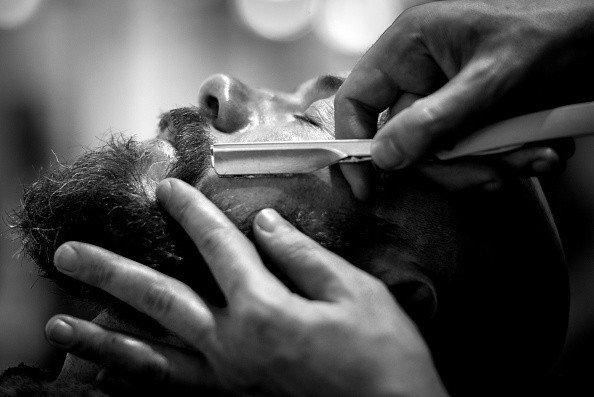A team from Massachusetts Institute of Technology (MIT) has observed how razor blades are damaged from cutting something as soft and thin as human hair. Commercially available razor blades are commonly made from stainless steel, with some even coated with hardened carbon-based compounds for additional durability.
Razor Sharp Blades vs. Human Hair
In a surprising new study, MIT engineers have found that shaving hair--a material 50 times softer than the stainless steel blade--actually causes a deformation in the blade in a process more complex than simple deterioration on the blade's edge.
With the right combination of conditions, all it takes is a single strand of hair to create the first chip on the blade. This initial chipping makes the blade vulnerable to successive, cumulative cracks and chips that eventually dulls the blade.

MIT graduate student Gianluca Roscioli led the team of engineers who conducted a detailed microstructural investigation. He was joined by Cemal Cem Tasan, Thomas B. King Associate Professor of Metallurgy at MIT, and Seyedeh Mohadeseh Taheri Mousavi, a postdoctoral associate at MIT.
Roscioli conducted preliminary tests by shaving his facial hair using disposable razor blades. After each shave, he took images of the razor under a scanning electron microscope (SEM), observing the wear experienced by the blade over time. Under these tests, the blade wear is minimal. However, chips were formed on certain parts of the razor's edge.
"This created another mystery: We saw chipping, but didn't see chipping everywhere, only in certain locations," Tasan said in the MIT news release. He added that they wanted to understand what causes these particular chips in the edge.
Finding the "Ingredients of Failure" For Better Blades
"We are metallurgists and want to learn what governs the deformation of metals so that we can make better metals," Tasan added. They are looking to understand this phenomenon to design materials with better resistance to damage.
They then designed a mechanical setup that has a movable stage for the shaving action and another stage to hold the hair in place. It was also fitted with an SEM to capture high-resolution images of the blade as it passes through the hair. The blades were also commercially available razors, set at different angles, and cutting depths to mimic shaving further.
RELATED: Proteus Is the First Material Resistant to Cutting Tools
Roscioli also used his own hair as well as sampled from other labmates to create a varied sample in terms of hair diameters. However, regardless of hair diameter, the MIT engineers found out that chipping was more likely to happen when the hair was free to bend, instead of the hair being upright and cut perpendicularly by the blade.
They also ran their study through computational simulation of a steel blade running through a single hair. They introduced a number of variables, such as the cutting angle, the direction of the applied force, and the materials in the blade.
In the simulations, chipping occurred under three conditions: when the blade made contact at a certain angle with the hair, when the blade was heterogeneous in composition, and when the edge of the hair meets the blade at a weak point in its structure.
Following the results of their study, the researchers have also filed a provisional patent. It is for a novel metallurgical technique that makes steel into something more homogeneous, creating more damage resistant blades.
© 2025 ScienceTimes.com All rights reserved. Do not reproduce without permission. The window to the world of Science Times.












